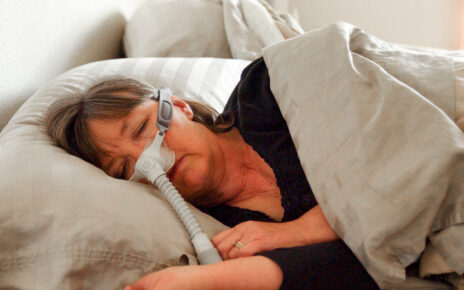What will you do when you see a person in seizure lying down on the floor and their body shaking uncontrollably? Firstly, you need to make sure their surroundings are safe and make sure they are safe as well while waiting for help to arrive. While you may be familiar with such seizures portrayed in such a manner, there are types of seizures that may be mistaken as blank stares, known as absence seizure.
Absence seizure or a petit mal seizure is characterised by brief seizures whereas the patient is unresponsive. It often goes unnoticed as it resembles a blank out or stares into space for a few seconds. A child may have 10 to 100 absence seizures a day and often is unnoticeable. It is common in children and does not cause long-term complications as compared to other types of seizures.
Absence seizures are caused by abnormal activity in a person’s brain. Other causes include stroke or mini-stroke called transient ischemic attack, dementia, traumatic brain injury and infections to the brain. Researchers are still finding an explanation of absence seizures since there is no clear information to explain how the abnormal brain’s activity happens. Studies have shown that this type of seizures do run in families due to genetic inheritance but at times mutation of genes may also lead to absence seizures.
Absence seizures are a type of epilepsy. Epilepsy is an abnormal condition affecting the brain electrical activity and is characterised by seizures happening more than once. It is worth noting that all epilepsy are seizures but not all seizures are epilepsy. This disruption leads to seizures. Most cases of absence seizures occur in normal children but the downside is the seizures episodes usually affect the way a child learns and concentration in school.
Symptoms of absence seizure are easily recognised when a person suddenly seems to have blank stare for a few seconds. During the seizure, a person may not speak and listen to their surroundings. Typically, an absence seizure may not cause a person to fall down out of the blue. When the seizures end, they will resume with what they have been doing without knowing or realising they were experiencing absence seizures. The person also is able to think clearly and is wide awake right after the seizure ends. Other symptoms include chewing motion or smacking the lips, twitching face, eyelid fluttering, eyes rolling upwards and hand fumbling.
In most cases of absence seizures, people often get diagnosed years after their first episode of this seizure. In children, whenever the child experiences learning difficulty that is unexplained, absence seizures should be suspected. In school, other classmates might have realised their friend having absence seizures symptoms through complaints that their friend often stares blankly or not giving attention when they are having conversation.
If you are worried your child is experiencing absence seizures or have symptoms associated with it, you should consult the matter with a doctor. Since absence seizures may be confused with other types of seizures, it is best to get medical advice and to get the right diagnosis. You may need to meet paediatricians or neurologists to get better explanation and understanding regarding absence seizures. One of the tests is commonly used to help differentiate seizures is using an electroencephalogram (EEG) machine. Other tests such as blood tests, CT or MRI scans and spinal tap may be done in some cases. Absence seizures are treated with anti seizure medicine. The type of medicine may vary from one person to another that is diagnosed with this type of seizures. This is because a person may have more than one type of seizure disorder and probably need multiple medicines. Know about our hajj vaccination package.





